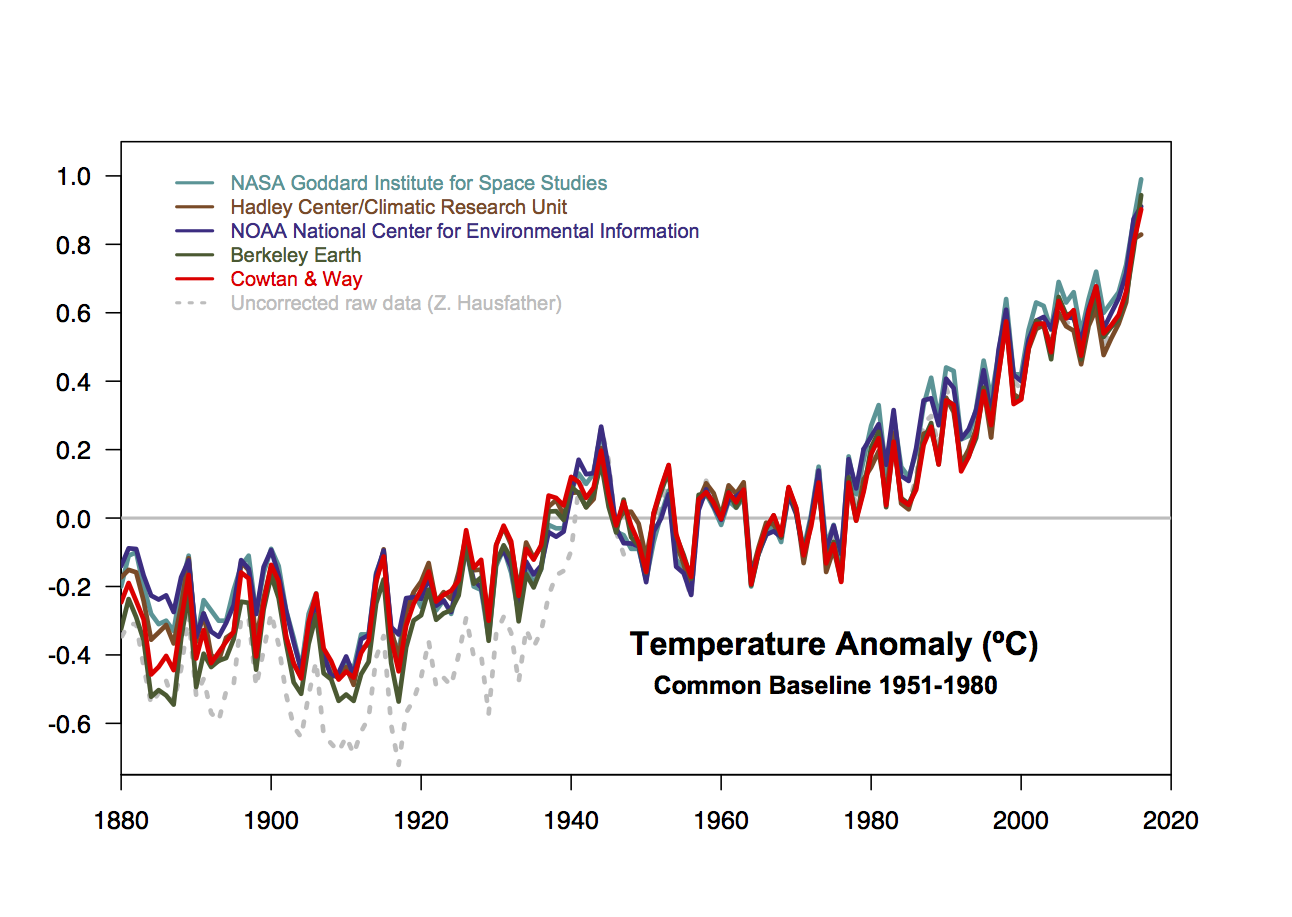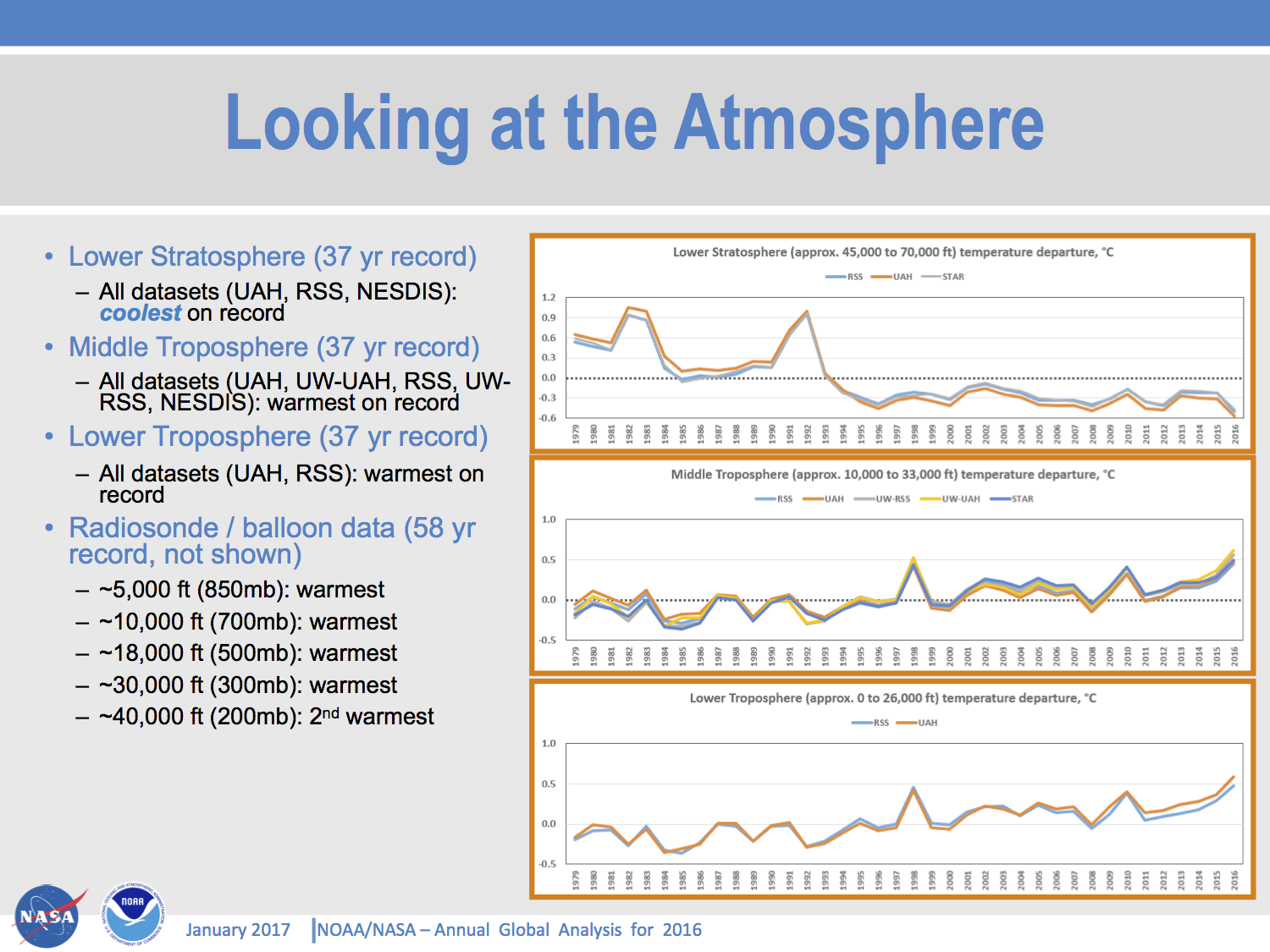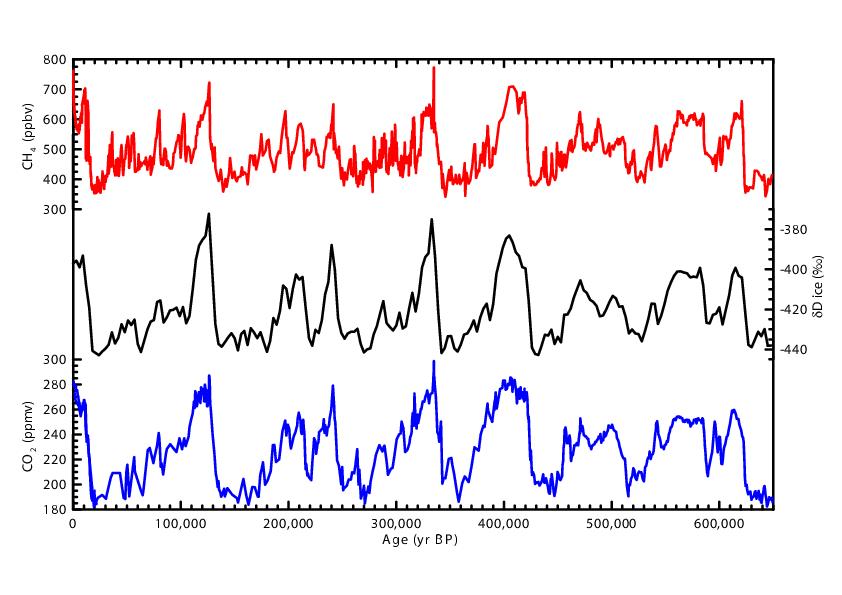I have mostly been sitting back and watching the John Bates story go through the predictable news-cycle of almost all supposed ‘scandalous’ science stories. The patterns are very familiar – an initial claim of imperfection spiced up with insinuations of misconduct, coordination with a breathless hyping of the initial claim with ridiculous supposed implications, some sensible responses refuting the initial specific claims and demolishing the wilder extrapolations. Unable to defend the nonsense clarifications are made that the initial claim wasn’t about misconduct but merely about ‘process’ (for who can argue against better processes?). Meanwhile the misconduct and data falsification claims escape into the wild, get more exaggerated and lose all connection to any actual substance. For sure, the technical rebuttals to the specific claims compete with balance of evidence arguments and a little bit of playful trolling for the attention of anyone who actually cares about the details. None of which, unfortunately, despite being far more accurate, have the narrative power of the original meme.
The next stages are easy to predict as well – the issues of ‘process’ will be lost in the noise, the fake overreaction will dominate the wider conversation and become an alternative fact to be regurgitated in twitter threads and blog comments for years, the originators of the issue may or may not walk back the many mis-statements they and others made but will lose credibility in any case, mainstream scientists will just see it as hyper-partisan noise and ignore it, no papers will be redacted, no science will change, and the actual point (one presumes) of the ‘process’ complaint (to encourage better archiving practices) gets set back because it’s associated with such obvious nonsense.
This has played out many, many times before: The Yamal story had a very similar dynamic, and before that the ‘1934‘ story, etc. etc.
Assuming for the sake of politeness that sound and fury signifying nothing is not the main goal for at least some participants, the question arises: since this is so predictable why do people still keep making the same mistakes?



